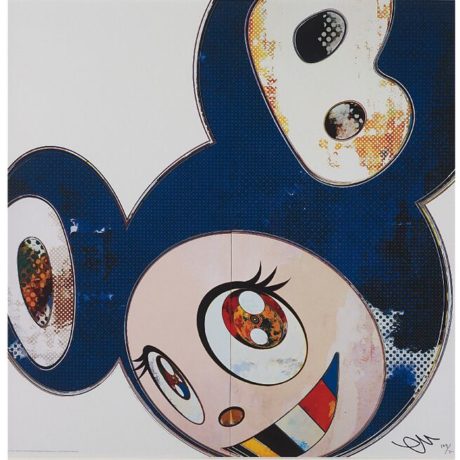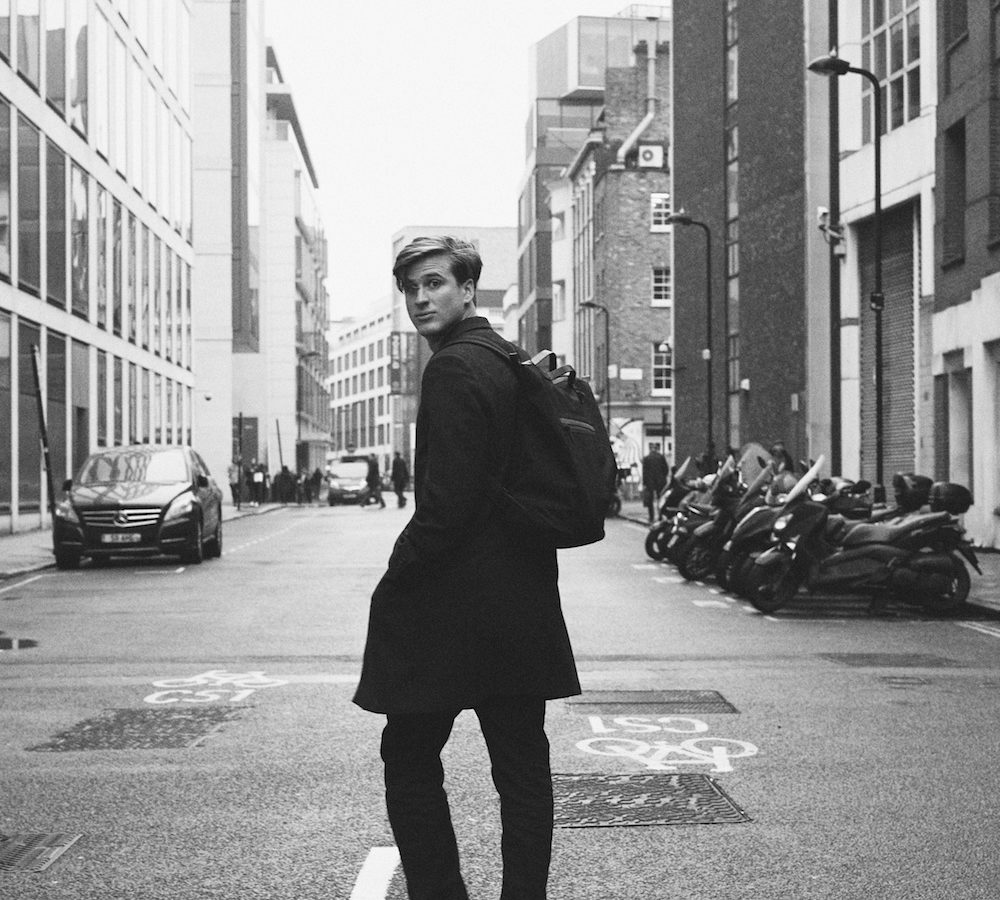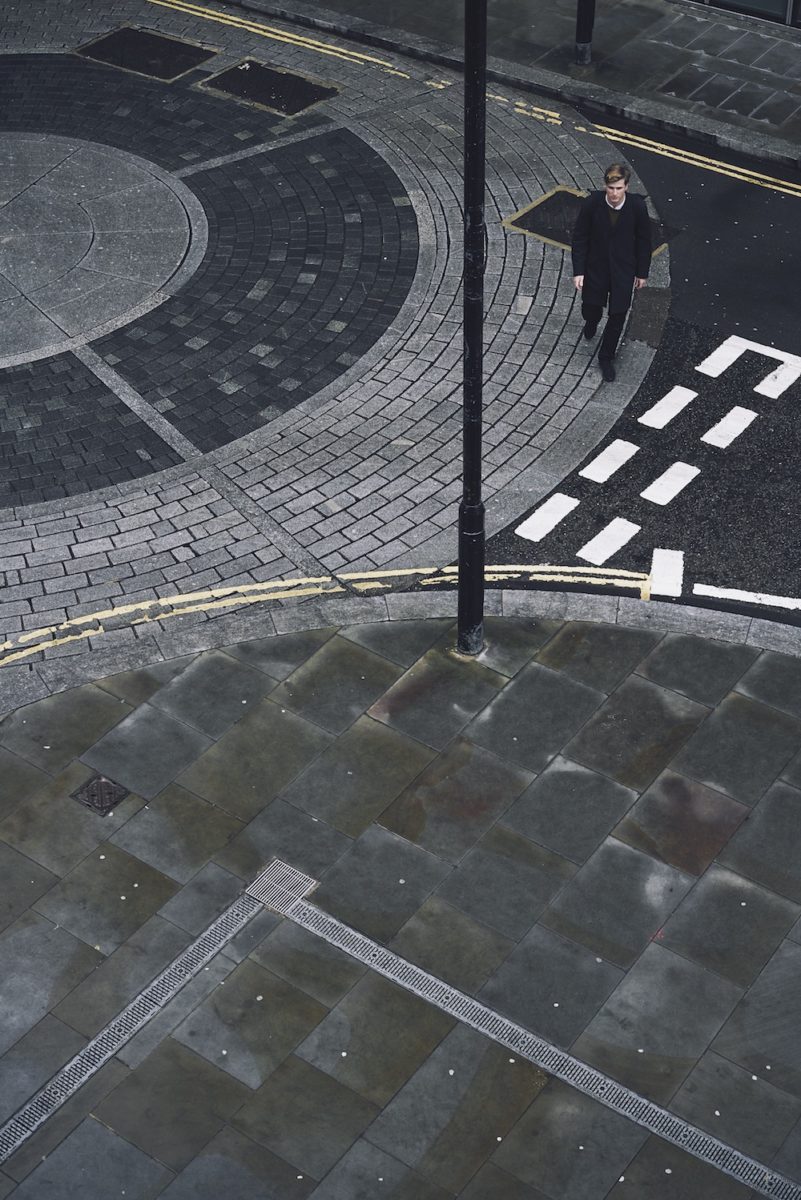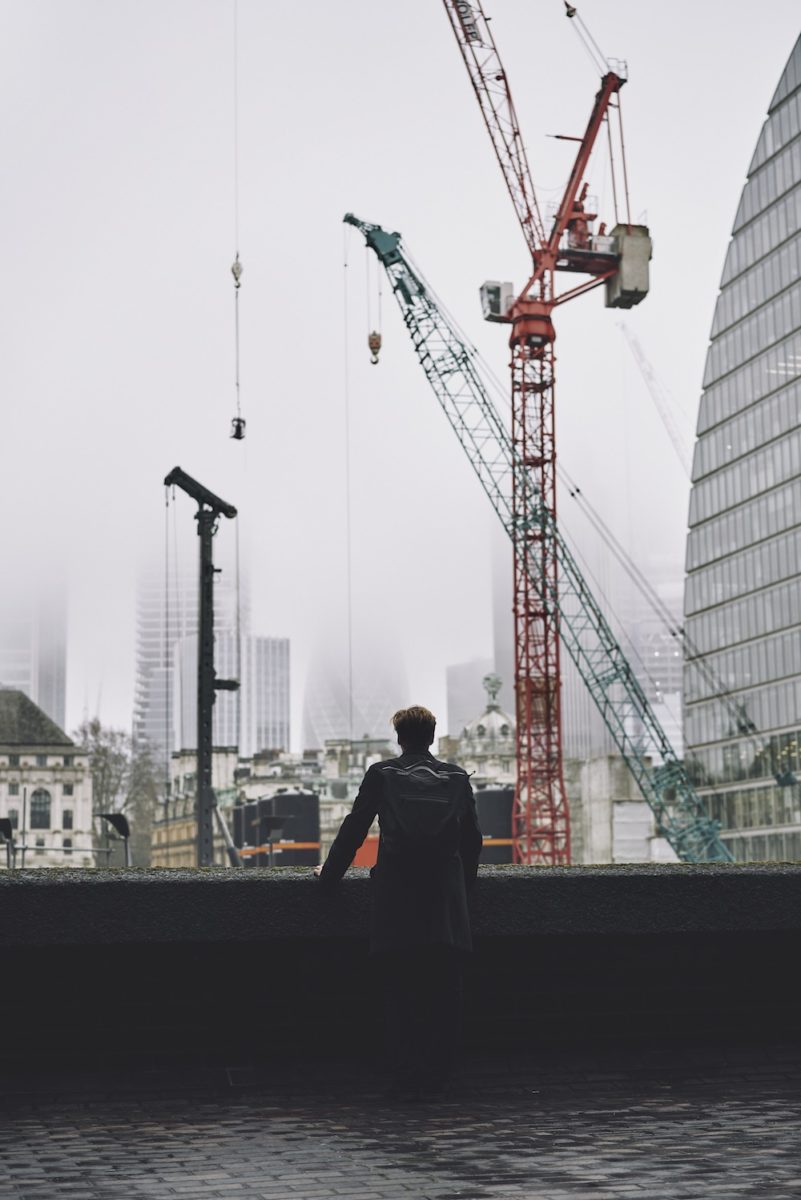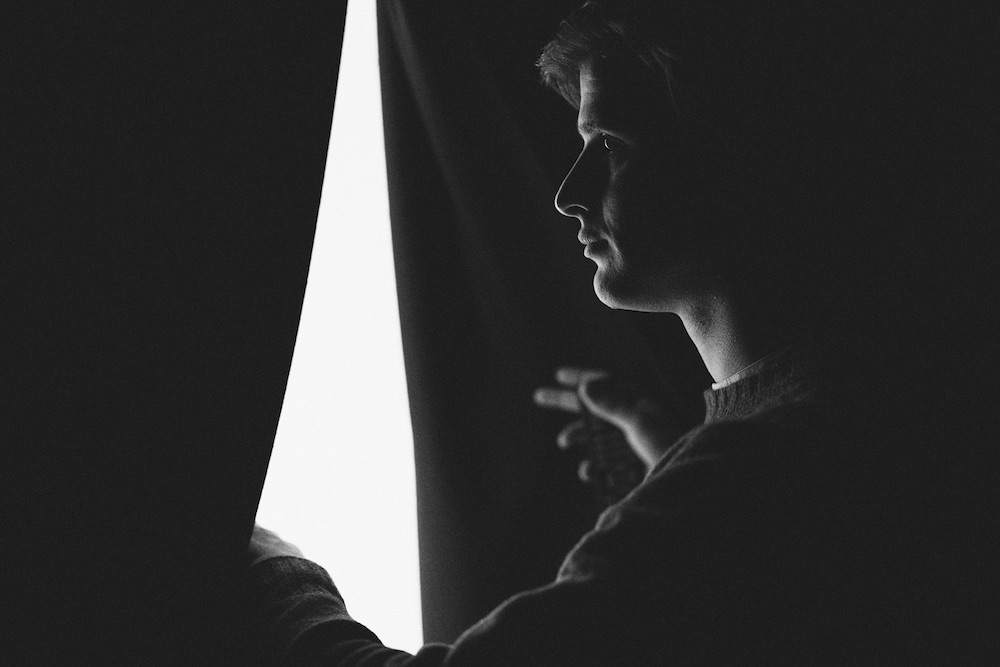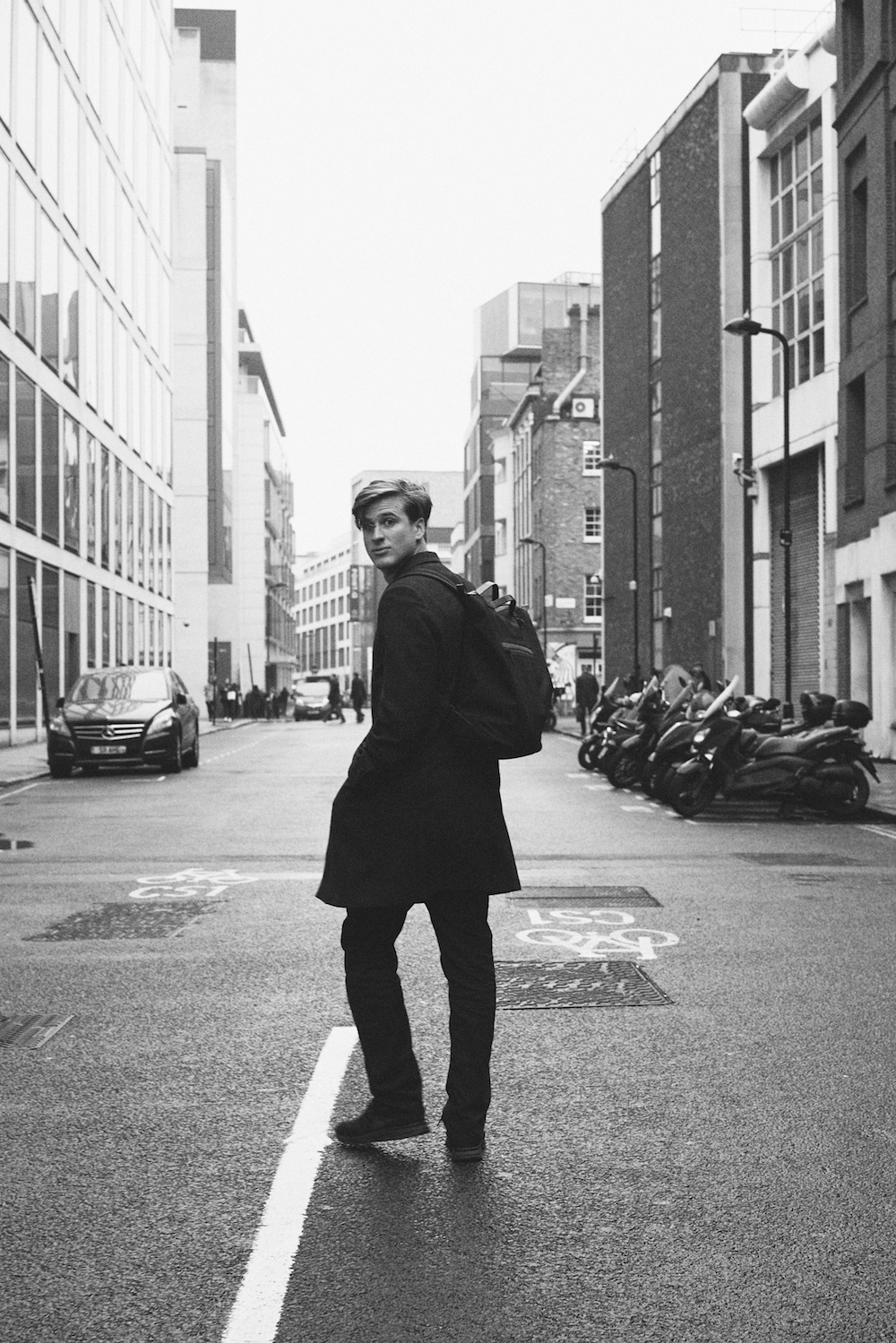
Ever since I opened the gallery with my friend Angelina Volk, I haven’t really had a regular day-to-day routine. We handed in our masters dissertations the week before we inaugurated our permanent exhibition space in London; the following week, we participated in Frieze London. This is how fast and diverse the job is. And that is also the aspect that I love the most: one day we’ll be painting the gallery floor in an old pair of jeans and the same evening I might be at an opening in a suit. However, I’m very glad that I can always wear trainers, one of the perks of being a young gallerist.
When I’m in London—and unfortunately this is not as often as I would like—a typical day might look more like this: I am a night person and usually stay up late, so I try to minimize the time between waking up and arriving at the office. This means no breakfast and no morning routines. I’m very lucky that I can walk to work, which gives me fifteen minutes of time to catch up on the phone with my family. Unless we have meetings offsite, our lunch is usually desk-bound as well. Here, we organize and prepare new exhibitions and fair participations. Most of the time, I’ll eat either salads or rice dishes from one of the street vendors across the road. The workday usually continues into the evening with openings or dinners—and I then keep working from home. The evenings are actually my most productive moments.
“I’m very glad that I can always wear trainers, one of the perks of being a young gallerist”
Because I travel a lot, my favourite part of the day is being with the exhibition at the gallery and spending time with the artworks on show. We often get groups coming in and I enjoy being able to discursively represent the works to an audience. I see the gallery very much as a meeting point where ideas are exchanged, discussions take place and new thoughts are born. I am happy if there is a sense that our presentations are entering a broader conversation and a public is engaging in our programme.

As gallerists we are very lucky to be in touch with so many interesting people. The dialogue with our artists is of course crucial and directs us in what we do. They are a constant source of exchange and stimulation, not only allowing us to take part in their creative visions but also bringing us into closer contact with the particular contexts and narratives that inform their practice, positionality and interests. We try to speak to our artists at least once a week, so the conversations might range from practicalities to more content-focused exchanges, for example discussing the influence of transgressional cinema on performance art in the 1980s with Kembra Pfahler or the ramifications of Lithuania joining the European Union with Augustas Serapinas. But the content of the artist’s practice is only one aspect of the communication as the relationship is also one of friendship. As a result, we often talk about things that go beyond their artwork.
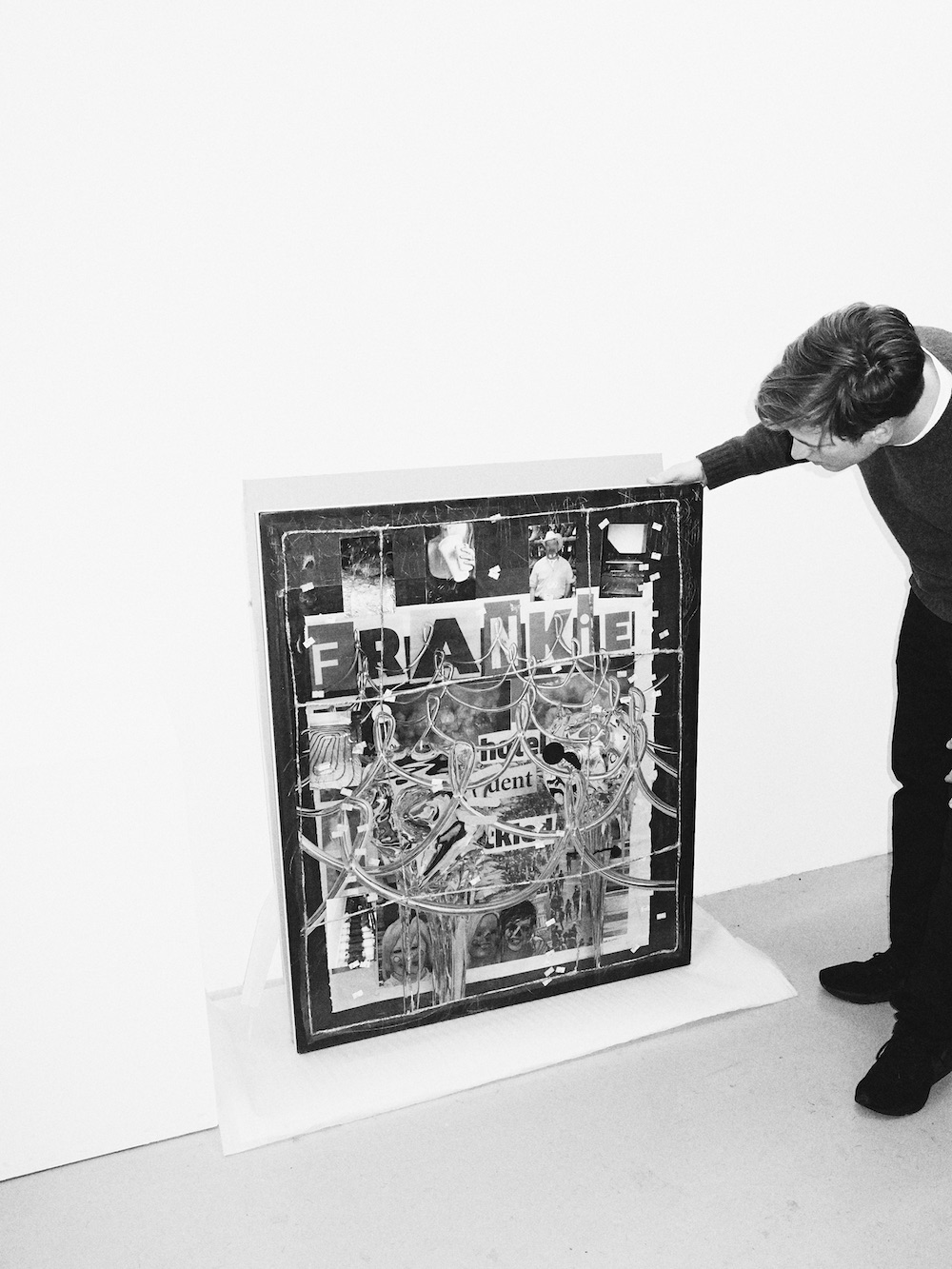
Our gallery is in a former locksmith shop in a semi-industrial estate on Bethnal Green Road, directly next to Shoreditch House. The dualism between trendy boutiques and run-down shopfronts is the reality for a lot of areas of London that have experienced intense gentrification in the last years. Even in the short time we have been located here (Emalin opened its doors at the end of September 2016), we have seen how local businesses are being pushed out in favour of larger corporate chains that are still able to afford the rent in the area. At the same time, this means that we are in an incredibly lively area and we benefit from considerable foot traffic throughout our exhibitions.
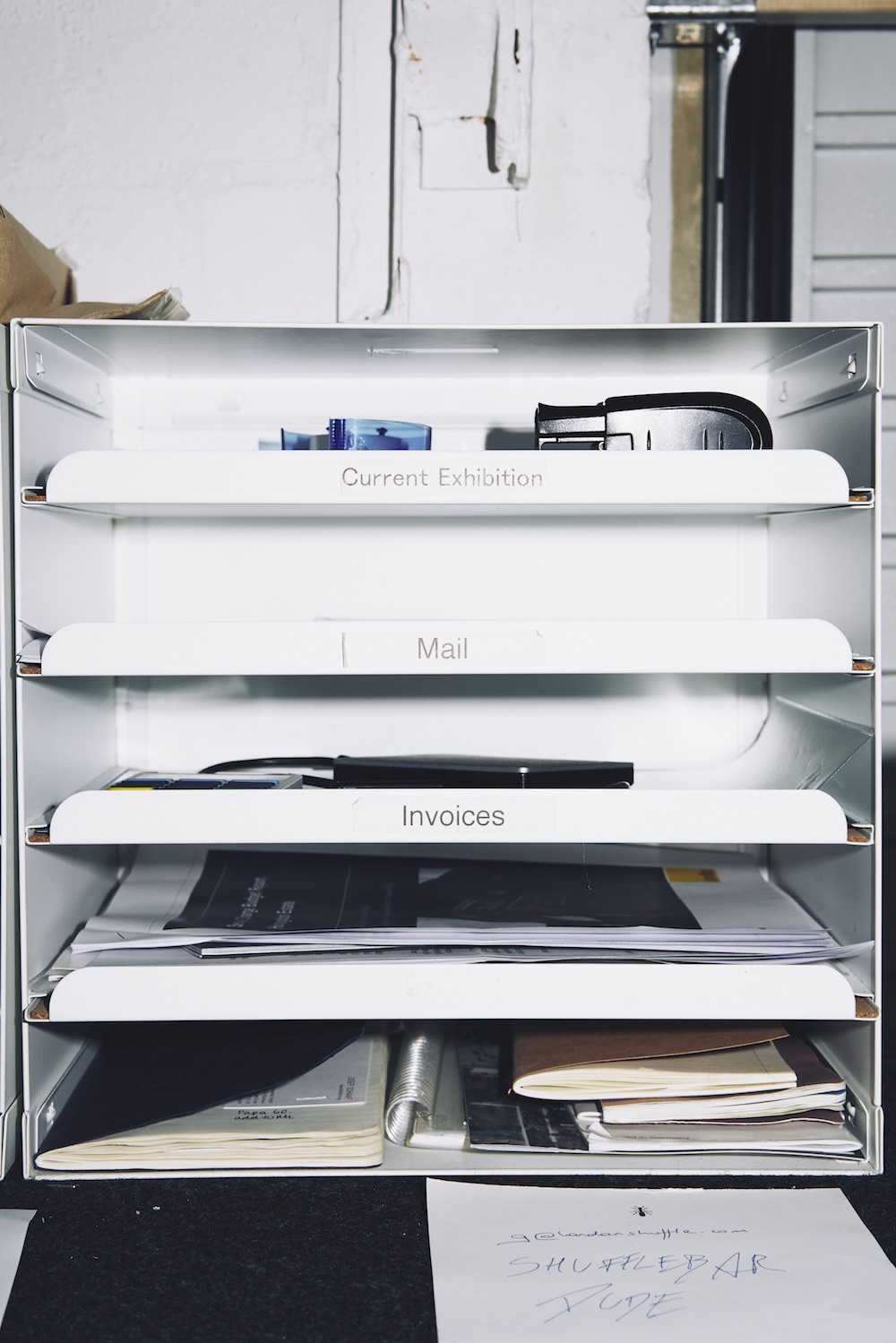
“I see the gallery very much as a meeting point where ideas are exchanged, discussions take place and new thoughts are born”
One of the reasons that I love living in the Barbican—in the City—is that on evenings and weekends it is completely dead. Unlike in Shoreditch, there are no restaurants, pubs or shops in the area—only office buildings that feel abandoned at night. This helps me to balance the social aspect of the job as I can retreat into one of the few quiet spots in central London. At the same time, Shoreditch also has more intimate sides once you leave the highstreets dotted by the pop-up businesses of Boxpark &Co.
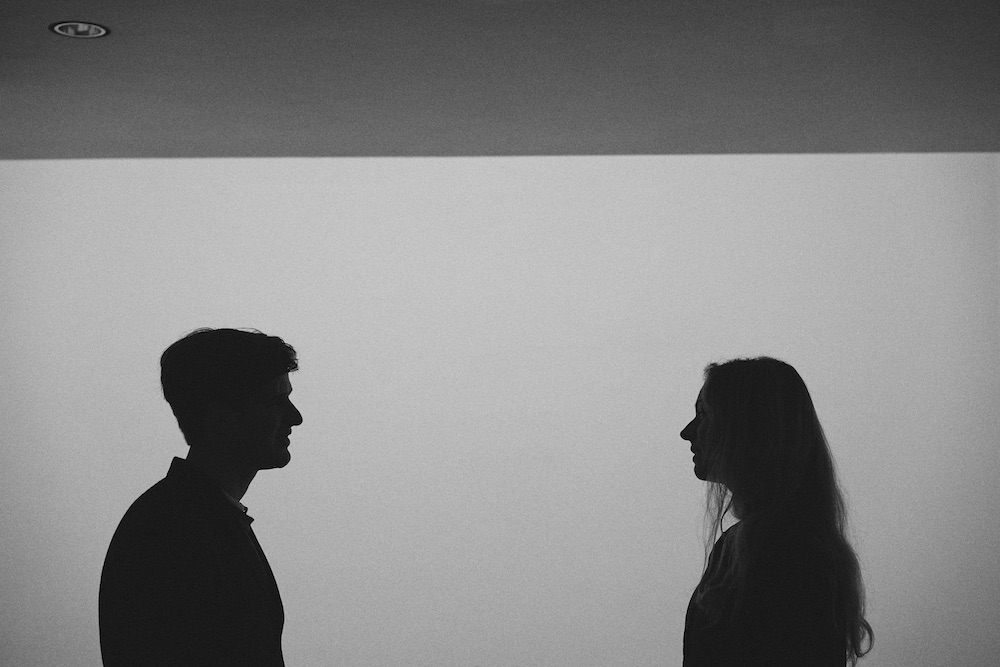
We are very lucky to have opened our gallery close to one of my favourite galleries in London: Kate MacGarry. Kate has been running her gallery for fifteen years and together with her director, Lizzy Mason, she runs an incredibly interesting programme and we see all exhibitions at her space—and she at ours. There are also a number of wonderful local restaurants like Arnold & Henderson’s Rochelle Canteen and Leila McAlister’s Leila’s Shop, both on Arnold Circus.
Another place that is definitively not local but is starting to feel oddly familiar is Moscow. Our gallery works with two Russian artists, one of whom is based in Moscow. I’ve recently been invited by Phillips and Cosmoscow to curate their annual charity auction—Off White—which is taking place this coming June. I find Russia to be a fascinating place and a lot of diverse and intriguing artistic voices have emerged from the Russian context in the past ten years or so. I’m pleased that initiatives like the Cosmoscow Foundation for Contemporary Art contribute to providing a platform for these voices to be shared with a wider audience and that we will see more and more artists from the CIS countries take increasingly prominent positions within the international discourse.
London has five very well connected airports that offer cheap direct flights across the world—this is the aspect of the city that most affects my day to day life in a positive way.
Photography © Benjamin McMahon. Image below: Takashi Murakami, And Then x6 Red; And Then x6 Blue; And Then x6 Yellow, 2013. Published by Kaikai Kiki, Co, Ltd, Tokyo
